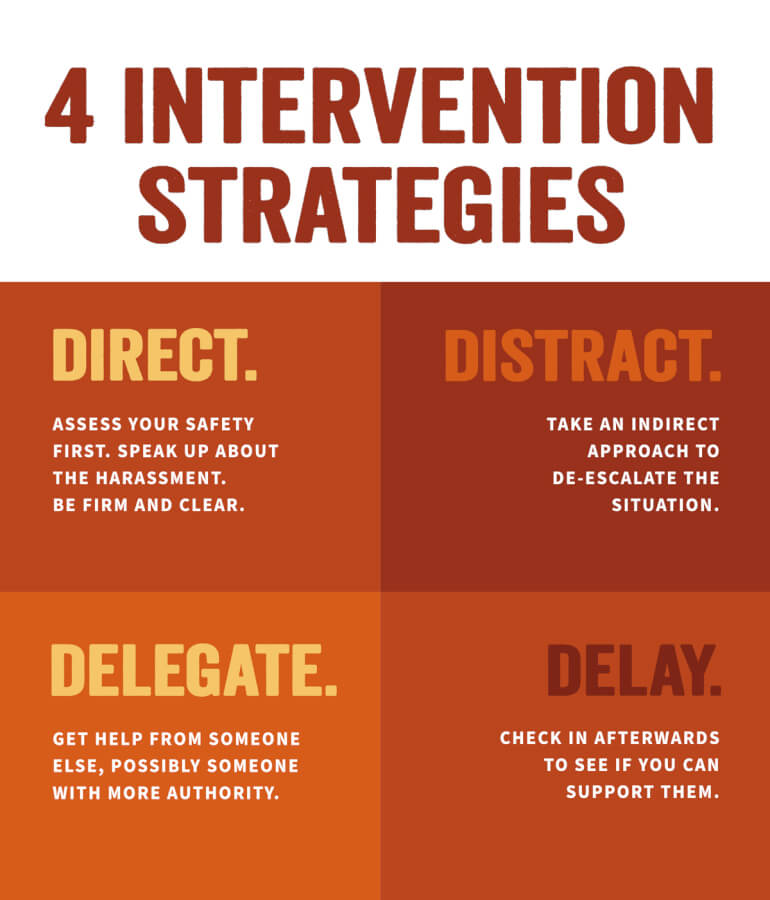“The UT Health San Antonio campus is an academic and work home for all of us. That’s why each of us should help bear the responsibility to keep it safe and welcoming,” said John Kaulfus, EdD, the university’s chief student affairs officer and Title IX director.
One way to do that is to schedule important bystander intervention training for your department and team members, said Kaulfus.
The Bystander Intervention Initiative can help all members of the university community learn how to recognize and respond to risky and potentially harmful behaviors — whether it’s sexual harassment, relationship violence or any form of sex-based discrimination.
Understanding intervention
One of the most important ways the university can empower employees and learners to recognize and reduce harm and work toward a campus community free of sex discrimination and sexual harassment is with an ongoing focus on education and prevention efforts.
The philosophy and practice of bystander intervention centers around first recognizing a potentially harmful situation or interaction and then choosing to respond in a way that could positively influence the outcome.
“Training that empowers learners and employees to be active bystanders includes not only greater awareness about sexual assault, sexual harassment and sex-based discrimination, but also resources for creating a campus culture where hate speech, bias incidents and harassment are not tolerated,” said Derek Bell, deputy Title IX coordinator and investigator.
“Depending on your role, some individuals may have responsibilities to report misconduct. The university’s bystander intervention initiative also provides training and education to help individuals identify their specific roles and responsibilities,” said Juliette Montemayor, deputy Title IX coordinator and investigator.
Four ways to engage
Regardless of role, every member of the campus community can take action to intervene or let someone know they have experienced or witnessed harmful behavior. Among the actions you can take to help keep others safe:
- Direct. Speak up. Directly ask an individual to stop a harmful behavior.
- Distract. Intentionally derail or try to de-escalate the situation by distracting either the harasser or the target with conversation unrelated to the incident.
- Delegate. Enlist the assistance of another person, possibly someone in a position with more perceived authority.
- Delay. If it’s unsafe or you are unable to intervene in the moment, check afterward with the person being harassed to learn how you can offer support.
“As our university continues to grow, everyone has a role to play in looking out for the well-being and safety of other members of our community,” said Kaulfus. “Together, we make a difference, and we make lives better.”
Learn more about the university’s Bystander Intervention Initiative and specific training opportunities.


